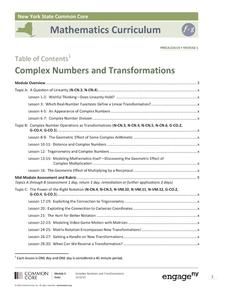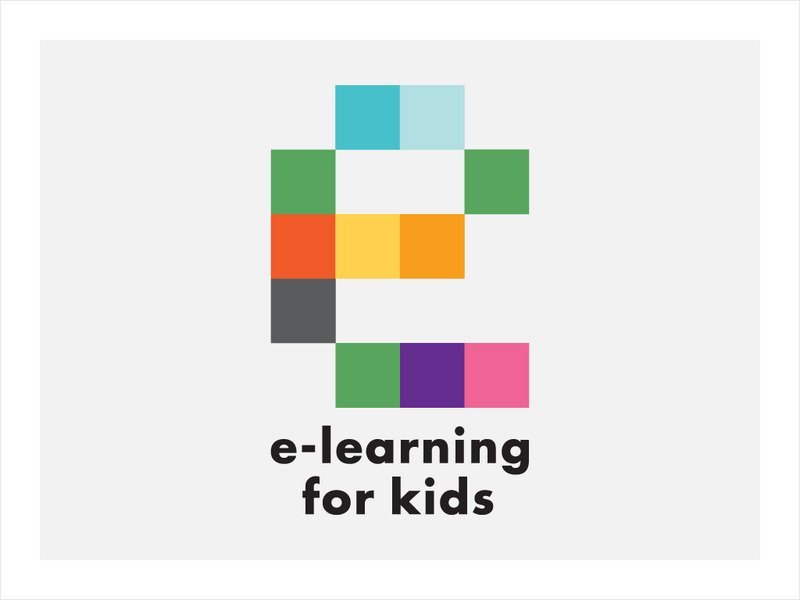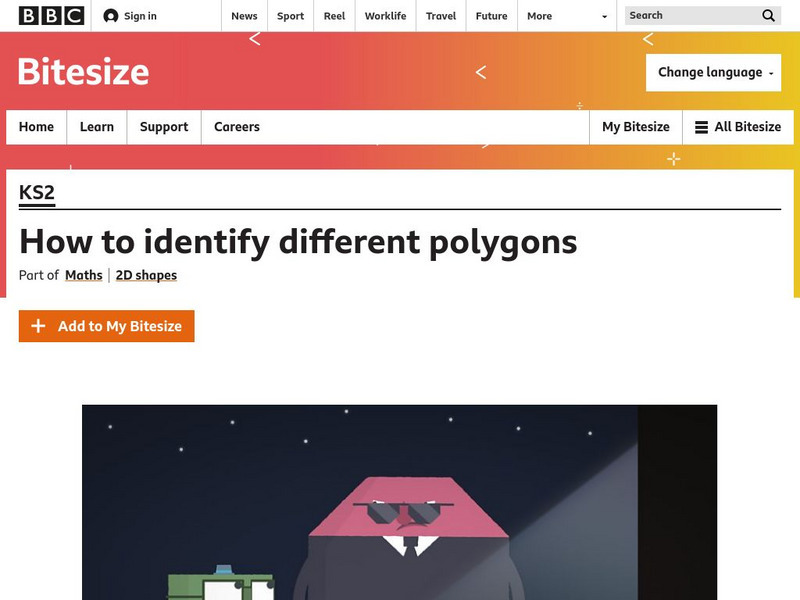Virginia Department of Education
Exploring 3-D Geometry
Take young mathematicians on an exploration of the world of 3-D geometry with this seven-lesson unit. After first defining the terms perimeter, area, and volume and how they apply to the real world, students continue on...
EngageNY
Complex Numbers and Transformations
Your learners combine their knowledge of real and imaginary numbers and matrices in an activity containing thirty lessons, two assessments (mid-module and end module), and their corresponding rubrics. Centered on complex numbers and...
E-learning for Kids
E Learning for Kids: Math: School Bus: Missing Terms: Number Patterns
Students play a variety of learning games to explore number patterns by finding missing terms, using a calculator, and studying tables and a hundreds chart.
PBS
Pbs: Equivalent Expressions With the Distributive Property
This animated Math Shorts video explains how the distributive property can help students model and create equivalent expressions. In the accompanying classroom activity, students play a quick game where they identify common factors...
E-learning for Kids
E Learning for Kids: Math: Russian Toy Store: Angles Ii
Students will play learning games to explore triangles, angles, and angle measurement.
BBC
Bbc: Bitesize: Maths: 2 D Shapes
Learn about the properties of 2-D shapes: circles, triangles, polygons, and quadrilaterals. Includes information, video, and examples about each, with games and quizzes for reinforcement.
Mangahigh
Mangahigh: Algebra: Distributive Property, Multiply by an Integer
Mangahigh is a website with math games aimed at twelve to eighteen year olds. On this site students multiply across single parenthesis using a constant.
PBS
Pbs Learning Media: Pearl Diver
Play a fast-paced video game that involves finding rational numbers on the number line. This game from Math Snacks focuses on using what you know about positive and negative numbers and fractions to place them correctly on the variable...
Khan Academy
Khan Academy: Name Shapes 4
Practice identifying quadrilaterals, pentagons, hexagons, and octagons. Students receive immediate feedback and have the opportunity to try questions repeatedly, watch a video tutorial, or receive hints.







